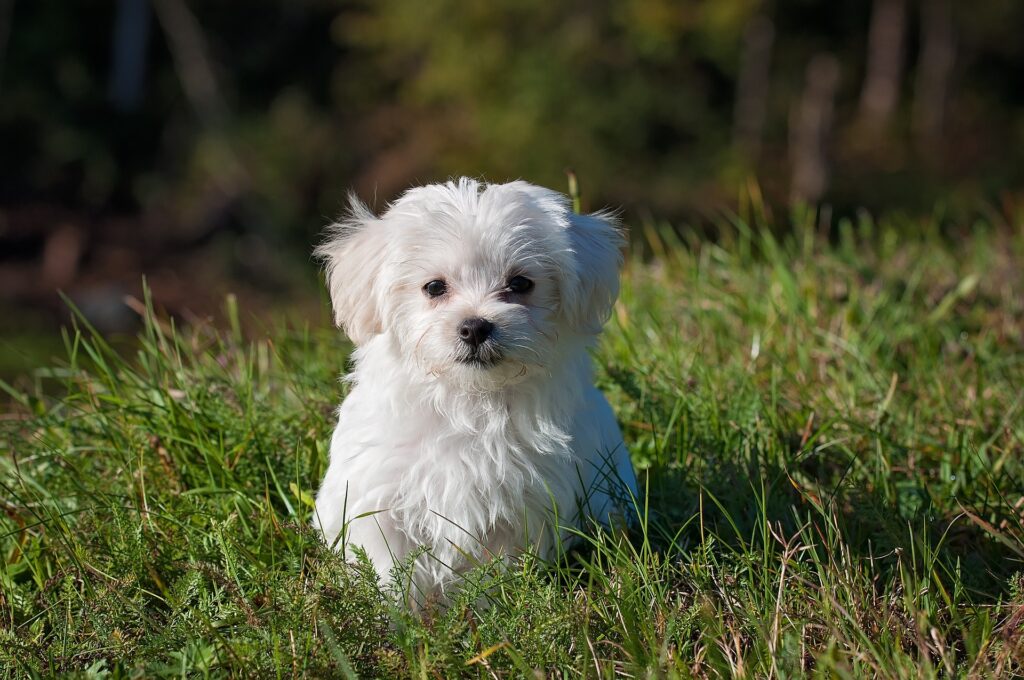Puppy Training Tips
Socializing
1.Meet Various Dogs: After vaccinations, introduce your pup to a mix of dogs to learn social cues and play.
2.Encounter Other Animals: Expose your puppy to different animals like cats and horses, ensuring positive, calm interactions.
3.Handle With Care: Regularly handle your puppy, preparing them for vet checks and grooming sessions.
4.Diverse Human Interaction: Familiarize your puppy with people of all appearances and ages to build confidence.
5.Sound Acclimation: Gradually introduce your puppy to common sounds, including loud noises like fireworks, to prevent fear.
6.New Experiences: Let your puppy explore various surfaces, objects, and environments for well-rounded development.
7.Alone Time Training: Teach your pup to be content alone to avoid separation anxiety, ensuring a happy, independent dog.
Begin training and socialization early to nurture a well-behaved, confident adult dog.
House training
1.Consistent Schedule: Establish a routine for feeding to predict when your puppy will need to go outside.
2.Frequent Breaks: Take your puppy out after eating, drinking, and waking up to encourage good habits.
3.Positive Reinforcement: Always use praise and treats to reward your puppy for going potty in the correct place.
4.Crate Training: Utilize a crate as a training aid to teach bladder control and as a safe space for your puppy.
5.Patience Over Punishment: Instead of scolding, be patient and consistent to avoid confusion and fear.
Remember, consistency and positive reinforcement are key to a well-trained puppy.

Crate training
1.Crate Setup: Place the crate in a quiet area. Make sure it’s stable and roomy enough for your pup to move comfortably. Add a cozy bed, blanket, water bowl, and toys.
2.Introduce the Crate: Leave treats near and inside the crate to encourage exploration. Keep the door open so they can enter and exit freely.
3.Frequent Visits: Drop treats into the crate while your pup is inside to create a positive association.
4.Progress Gradually: Start by closing the crate door briefly, then gradually increase the time with the door closed as your pup gets comfortable.
5.Normal Activity: Move around doing everyday tasks while your pup is in the crate so they learn to be independent.
6.Step Away: Begin to leave the room for short periods, gradually extending the time as your puppy remains calm.
7.Integration: Incorporate crate time into daily life, offering treats and toys inside as incentives for your puppy to enjoy their space.
Always ensure crate training is a positive experience and reduce regular food portions to accommodate extra treats used for training.
Prevent Destructive Chewing
1. Provide Appropriate Chew Toys: Offer a variety of chew toys to your puppy. Make sure they are durable and safe. Rotate the toys to keep your puppy interested.
2. Puppy-Proof Your Home: Remove tempting items like shoes, children’s toys, and remote controls from your puppy’s reach. Use protective covers on furniture and bitter apple spray on items you cannot move.
3. Consistent Supervision: Supervise your puppy closely. When you can’t, consider using a crate or a puppy-proofed room to confine them safely.
4. Encourage Proper Chewing: When you catch your puppy chewing on something inappropriate, redirect them to a chew toy. Praise them when they switch to chewing on the correct item.
5. Exercise and Play: Ensure your puppy gets plenty of physical and mental exercise. Tired puppies are less likely to engage in destructive behavior.
6. Training and Socialization: Engage in regular training sessions using positive reinforcement techniques. This helps your puppy learn appropriate behaviors and helps in socializing them.
7. Address Separation Anxiety: If your puppy chews destructively when alone, they might be experiencing separation anxiety. Provide comforting toys, consider crate training, and gradually increase the time they spend alone.
8. Check for Dental Problems: Sometimes, puppies chew because of discomfort in their gums, especially during teething. Check with your vet if your puppy seems to be chewing excessively or in pain.
Separation Anxiety
1. Start with Short Exits: Begin by stepping outside for just a few seconds and then re-enter quietly, allowing your dog to calm down. Repeat this, gradually staying outside a bit longer, but return before your dog shows signs of anxiety like panting or pacing.
2. Gradually Increase Time: Slowly extend the time you are out of sight. Start with increments of a few seconds and increase as your dog remains calm. Mix up the duration to prevent predictable patterns but keep each absence brief initially.
3. Monitor and Adjust: If there’s no improvement or if your dog’s separation anxiety is severe, consult a professional. Veterinarians may suggest medication to reduce anxiety, aiding in behavior training. Consider also seeking advice from a certified veterinary behaviorist or an experienced dog trainer.
This approach encourages gradual adjustment to solitude, ensuring your dog’s comfort and reducing anxiety effectively.
Bite Inhibition
1. Use Positive Reinforcement: When your dog bites gently during play, immediately give a high-pitched yelp, as if you’re hurt, and let your hand go limp. This mimics the reaction of a dog in pain and teaches your puppy that gentle play continues, but painful bites stop the fun.
2. End Playtime: If your dog bites hard, end play immediately. Stand up and walk away for a few seconds. This teaches your dog that hard bites mean the end of enjoyable activities.
3. Redirect Biting: Offer your dog a chew toy instead of your hand. This not only prevents biting but also helps your dog learn what is acceptable to bite.
4. Reward Gentle Behavior: When your dog licks or plays without biting, immediately reward them with treats and affection. This reinforces the behavior you want to encourage.
5. Practice Makes Perfect: Regularly practice these techniques during play sessions to reinforce the lessons consistently.
6. Seek Professional Help if Needed: If your dog continues to exhibit aggressive behavior or fails to respond to your efforts at training, consult a professional dog trainer or behaviorist.
This step-by-step approach helps establish clear boundaries and reinforces gentle play, ensuring your dog develops safe and controlled bite behavior.
